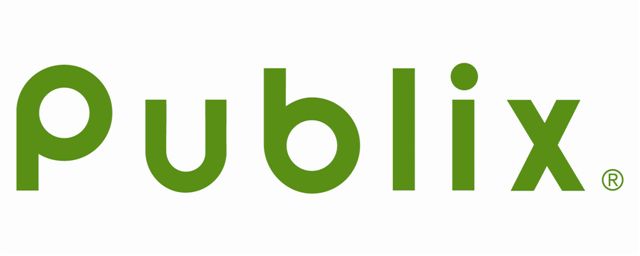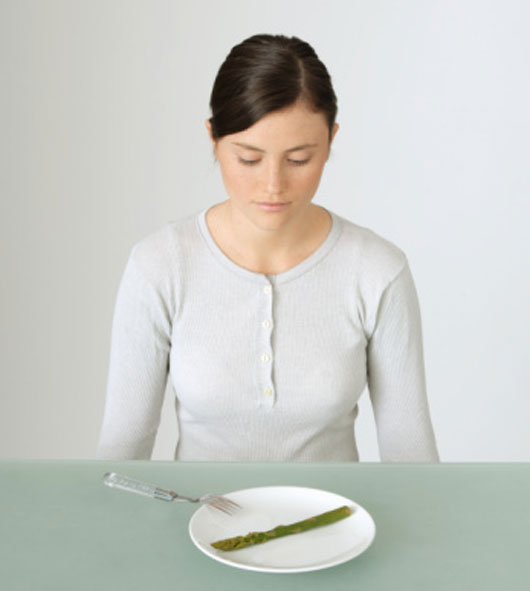While the websphere, blogsphere and twittersphere were ejaculating electrons about the potential passage of new food safety legislation by the U.S. House– it passed — I was hanging out with some food safety dudes at Publix supermarkets HQ in Lakeland, Florida.
 And I saw far more in Lakeland that would impact daily food safety than anything the politicians, bureaucrats, hangers-on and chatting classes could ever come up with.
And I saw far more in Lakeland that would impact daily food safety than anything the politicians, bureaucrats, hangers-on and chatting classes could ever come up with.
When it comes to the safety of the food supply, I generally ignore the chatter from Washington, as well as the wasted Internet commentaries and conspiracy theories. If a proposal does emerge, such as the creation of a single food inspection agency, or the bill that passed the House today – and just the House — I ask, Will it actually make food safer? Will fewer people get sick?
As the General Accounting Office pointed out in a report a year ago,
“The burden for food safety in most of the selected countries lies primarily with food producers, rather than with inspectors, although inspectors play an active role in overseeing compliance. This principle applies to both domestic and imported products.”
Publix, with over 1,000 supermarkets, its own processing plants, and thousands of food products moving through its shelves, can’t afford the luxury of chatter.
After my visit, I went to the local Publix in St. Pete Beach to check out what the food safety type said – sure, the boss knows food safety, but do the front-line staff?
 I ordered some shaved smoked turkey breast from the deli, and the sealable bag the meat was delivered in contained the following:
I ordered some shaved smoked turkey breast from the deli, and the sealable bag the meat was delivered in contained the following:
“Publix Deli
The Publix Deli is committed to the highest quality fresh cold cuts & cheeses
Therefore we recommend all cold cuts are best if used within three days of purchase
And all cheese items are best if used within four days of purchase”
(The picture isn’t very good. Note to Publix: The label warning about shelf-life is a great idea, but can’t read it if the price sticker gets slapped over some of the text.)
This is the first time I’ve seen a retailer provide information to consumers on the accurate shelf-life of sliced deli meats. It didn’t require Congressional hearings; it didn’t require some hopelessly-flawed consumer education campaign; it required a food safety type to say, this is important, let’s do it.
I also went looking for some bread for turkey sandwiches tomorrow as we move down to Sarasota, and then Venice Beach. I asked an employee in the bakery for some whole wheat rolls, and she pointed out what was available, said packages of six were pre-packaged, but she could get me whatever number I wanted. I asked for four. There was no bin for me to stick my who-knows-where-they-have-been hands in to and retrieve a few rolls. The bins were turned so that only staff had access. The employee said it had been that way since she started three years ago, and that “there’s just too much stuff going around” to let consumers stick their hands into bun bins (most commonly found item in communal bun bins? False fingernails).
It’s nice that food safety is once again a Presidential priority and that politicians are trying to set a tone. But chatting doesn’t mean fewer sick people – actions do.
.jpg) How is it that Heston Blumenthal’s Fat Duck restaurant was rated as a perfect 10 in the new edition of the Good Food Guide 2010, despite being closed for a norovirus outbreak?
How is it that Heston Blumenthal’s Fat Duck restaurant was rated as a perfect 10 in the new edition of the Good Food Guide 2010, despite being closed for a norovirus outbreak?

 Experts have reported a rise in such extreme behaviour, known as orthorexia nervosa
Experts have reported a rise in such extreme behaviour, known as orthorexia nervosa


(1).jpg) Barry Estabrook of Gourmet magazine
Barry Estabrook of Gourmet magazine(1).jpg) Most foodborne illness is never detected. It’s almost never the last meal someone ate, or whatever other mythologies are out there. A stool sample linked with some epidemiology or food testing is required to make associations with specific foods. ??????
Most foodborne illness is never detected. It’s almost never the last meal someone ate, or whatever other mythologies are out there. A stool sample linked with some epidemiology or food testing is required to make associations with specific foods. ??????

 Another outlet, Calicut Paragon in Karama, invested their resources in stickers for take-out bags that advise consumers to eat their food within two hours of purchase—a step that suggests a shared responsibility for the safety of food and that I find a little more palatable.
Another outlet, Calicut Paragon in Karama, invested their resources in stickers for take-out bags that advise consumers to eat their food within two hours of purchase—a step that suggests a shared responsibility for the safety of food and that I find a little more palatable.  And I saw far more in Lakeland that would impact daily food safety than anything the politicians, bureaucrats, hangers-on and chatting classes could ever come up with.
And I saw far more in Lakeland that would impact daily food safety than anything the politicians, bureaucrats, hangers-on and chatting classes could ever come up with. I ordered some shaved smoked turkey breast from the deli, and the sealable bag the meat was delivered in contained the following:
I ordered some shaved smoked turkey breast from the deli, and the sealable bag the meat was delivered in contained the following: